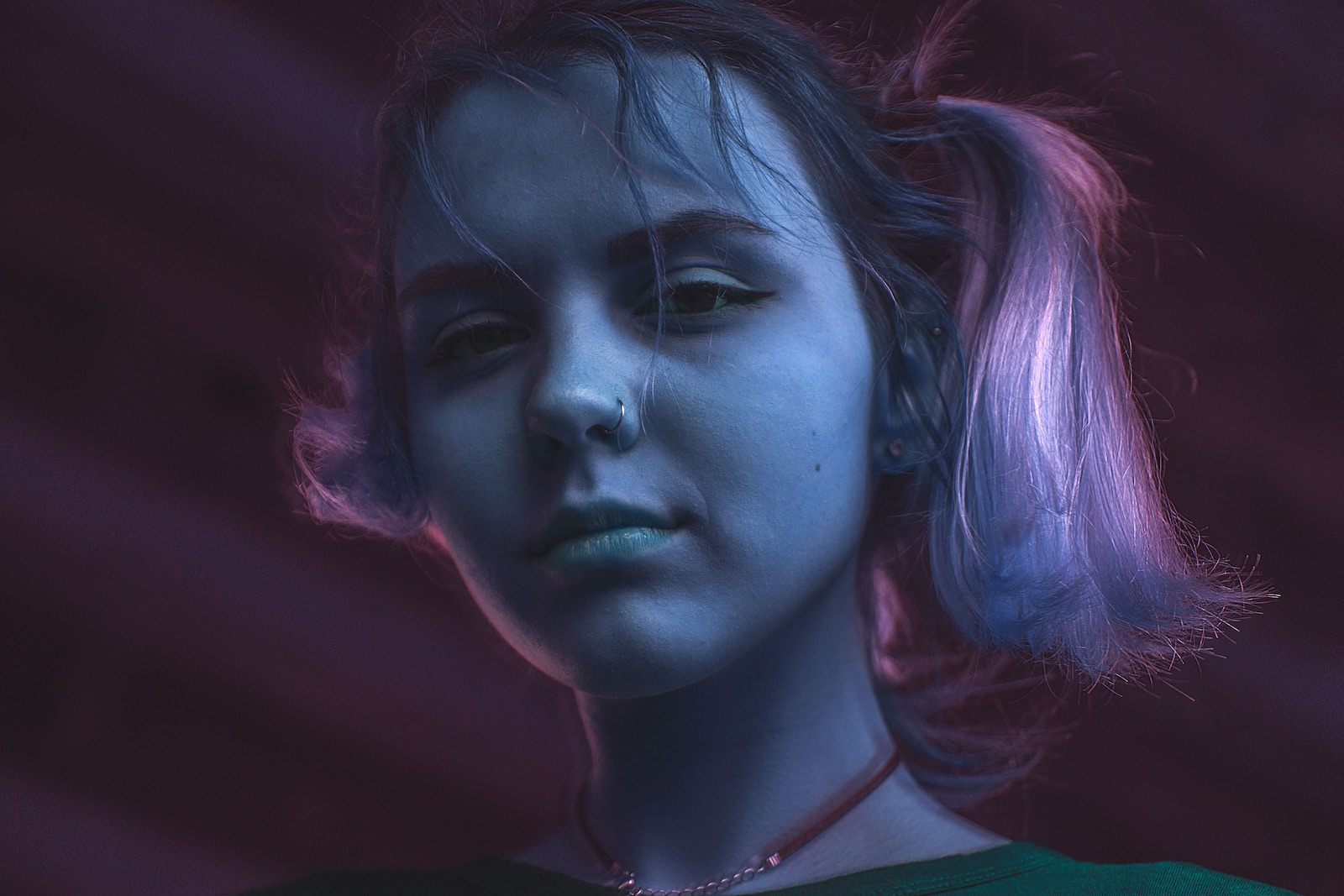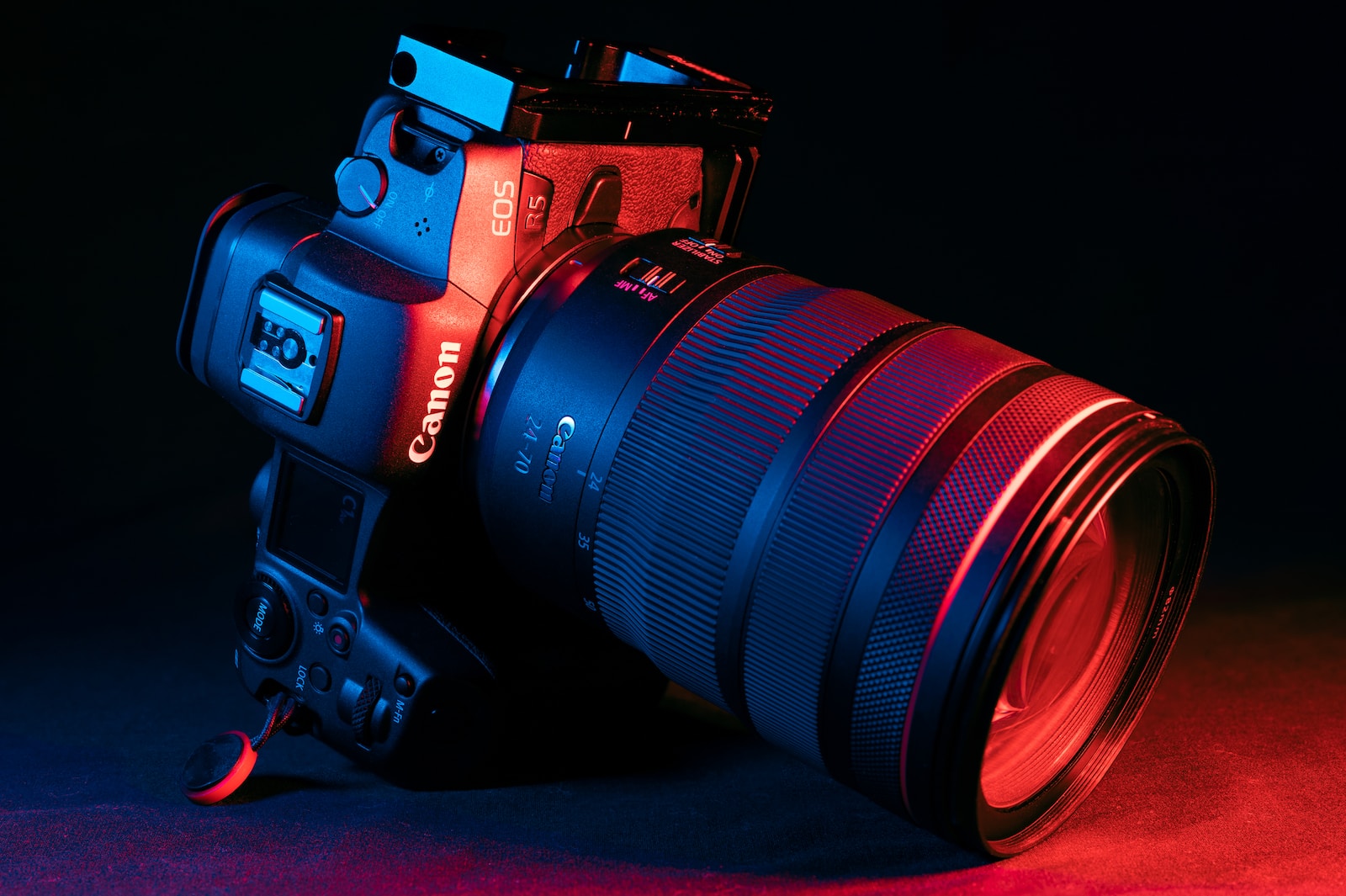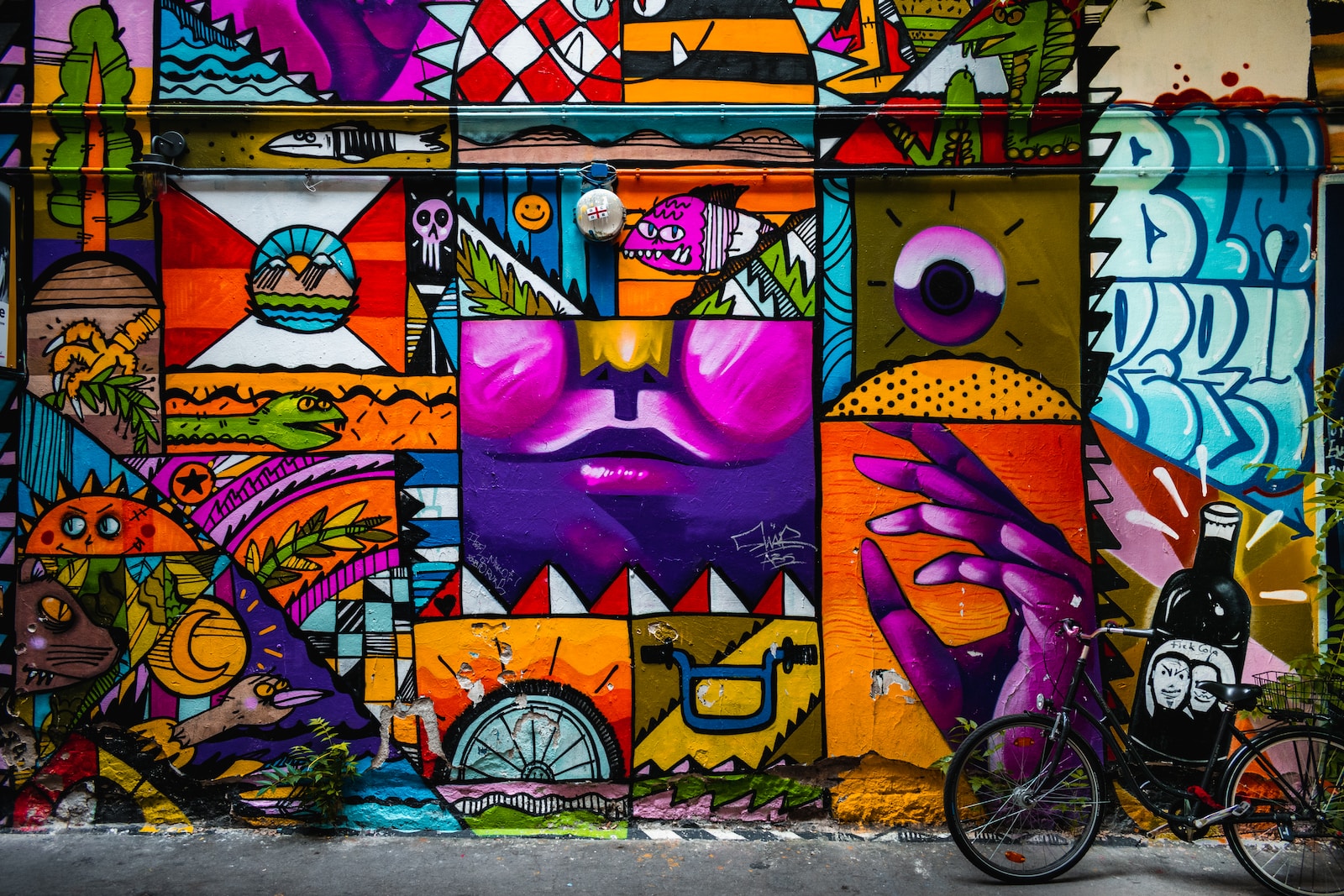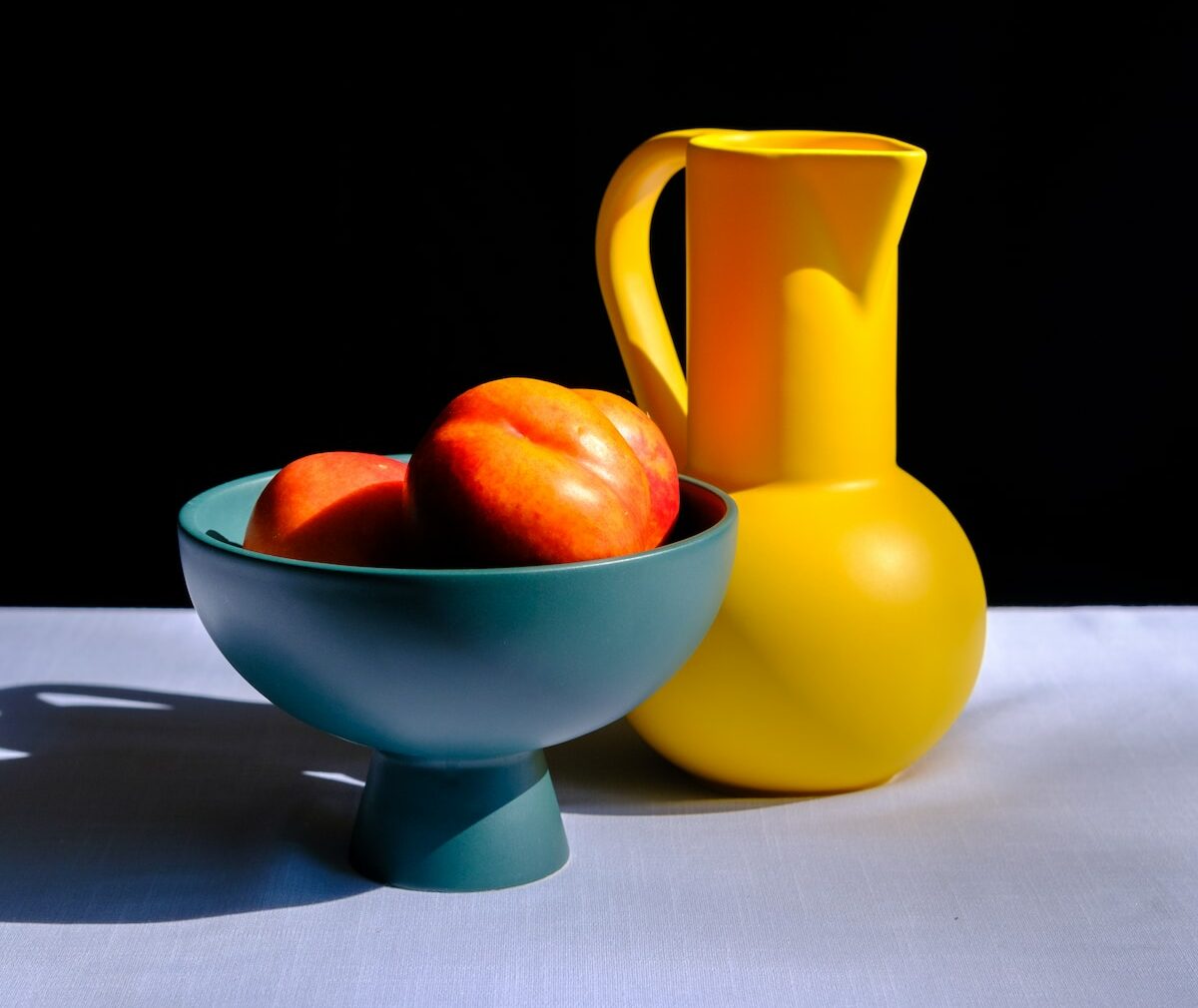Welcome to Glowing Frames, your ultimate guide to exploring the captivating world of Black Light Photography. In this blog, we will dive into the mesmerizing technique of capturing stunning images under the magical glow of black light. Prepare to be dazzled as we unravel the secrets behind this unique form of photography. Whether you’re a seasoned photographer or a curious beginner, join us on this illuminating journey to discover the endless possibilities that await behind the lens. So, grab your camera and let’s embark on a colorful adventure!
Table of Contents
- Photographing the Glowing World: Exploring Black Light Photography
- Choosing the Right Camera and Equipment for Black Light Photography
- Choosing the Best Time for Black Light Photography
- Frequently Asked Questions
- What is black light photography?
- How does black light photography work?
- What equipment do I need for black light photography?
- Are there specific camera settings for black light photography?
- What are some creative ideas for black light photography?
- Is black light photography suitable for beginners?
- Where can I find black light photography inspiration?
- Are there any safety precautions I need to take when working with black lights?
- Wrap Up
Photographing the Glowing World: Exploring Black Light Photography
Black light photography is a captivating technique that allows you to capture unique and mesmerizing images. By using ultraviolet (UV) light, you can unveil hidden details and create an otherworldly glow that adds a magical touch to your photographs. In this guide, we will explore the fascinating world of black light photography and provide you with valuable tips to capture stunning and unforgettable frames.
Choosing the Right Subject
One of the key factors in black light photography is selecting a subject that possesses elements that react well to UV light. Certain materials and substances fluoresce under black light, emitting a vibrant and captivating glow. Here are some interesting subjects to consider:
- Fluorescent Paintings: Capture the intricate details of glow-in-the-dark paintings, bringing out their hidden luminosity.
- Neon Signs and Lights: Take dynamic shots of neon signs and lights in urban environments, highlighting their vivid colors and electric glow.
- Bioluminescent Organisms: Explore the natural world by photographing bioluminescent plants, insects, or sea creatures in the dark.
- Glow-in-the-Dark Objects: Experiment with various everyday items that glow under black light, such as certain fabrics, accessories, or even foods. Get creative!
Enhancing Techniques for Black Light Photography
To capture truly breathtaking images in black light photography, it’s essential to master some additional techniques. Here are a few tips to help you create extraordinary photographs:
- Use a Black Light Source: Invest in a quality black light source, such as a UV flashlight or dedicated black light lamp, to ensure optimal illumination.
- Experiment with Exposure Settings: Black light photography requires longer exposure times to capture the essence of the glowing subject. Adjust your camera settings accordingly, keeping in mind the desired effect.
- Consider Composition: Explore different angles and compositions to make the most of the subject’s glow. Play with shadows, silhouettes, and reflections to add depth and interest.
- Utilize UV Filters: To enhance the contrast and clarity of your images, consider using a UV filter specifically designed for black light photography. It can help reduce unwanted light interference and highlight the fluorescent elements.
- Experiment with Colors: Black light photography offers a splendid opportunity to play with vibrant and surreal colors. Experiment with different color combinations and accents to create visually striking and harmonious compositions.
- Play with Long Exposures: Experiment with long exposure techniques, such as light painting or capturing the movement of glowing objects. This can lead to captivating and dynamic visual effects.
Remember, black light photography opens up a world of endless creative possibilities. Allow yourself to embrace experimentation and let your imagination run wild. With practice and keen observation, you will master this unique photography technique and capture images that captivate viewers with their ethereal glow.
Start your journey into the mesmerizing realm of black light photography today. Grab your camera, explore the extraordinary, and watch as your images come alive under the hypnotic power of UV light.
Did you know that black light, also known as ultraviolet light, is not actually black in color? It emits an intense type of ultraviolet light that is invisible to the human eye, but causes fluorescent substances to glow brightly.
Choosing the Right Camera and Equipment for Black Light Photography
Understanding the Importance of the Right Camera
When it comes to black light photography, having the right camera can make a significant difference in the quality of your images. The main requirement of a camera for this type of photography is its ability to capture low-light conditions effectively. Here are a few key features to consider when choosing a camera:
- Sensor Size: Opt for a camera with a larger sensor size as it can capture more light, resulting in less noise and better image quality in low-light environments.
- ISO Performance: A camera with high ISO capabilities is crucial in black light photography, as it allows you to capture subjects even in extremely dimly lit areas without sacrificing image quality. Look for models with excellent ISO performance to ensure stunning results.
- Manual Control: Manual controls, such as manual focus and manual exposure settings, are essential for black light photography. This allows you to have full control over the focus and exposure, resulting in more precise and creative shots.
Recommended Camera Options
While the specific brand and model of a camera depend on personal preference and budget, here are a few examples of cameras that are well-suited for black light photography:
Option 1: Full-frame Mirrorless Camera
Full-frame mirrorless cameras offer exceptional low-light performance due to their large sensors. They excel in capturing details and colors in black light environments, providing high-quality images with minimal noise.
Option 2: DSLR Camera with Fast Lens
A DSLR camera, paired with a fast lens that has a wide aperture, is another great choice for black light photography. These lenses allow more light to enter the camera, resulting in brighter images even in low-light conditions.
Option 3: Advanced Compact Camera
For those looking for a more portable option, advanced compact cameras are worth considering. These cameras often have larger sensors than traditional point-and-shoot models, giving you better image quality and low-light performance.
It’s important to note that different photographers have different shooting styles and preferences. Experimenting with different cameras and lenses will help you find the perfect combination that suits your needs and artistic vision. Don’t be afraid to try multiple options before settling on the one that works best for you.
Investing in a solid camera and lenses is just the first step. In the next section, we will delve into the essential accessories and equipment that will enhance your black light photography journey.
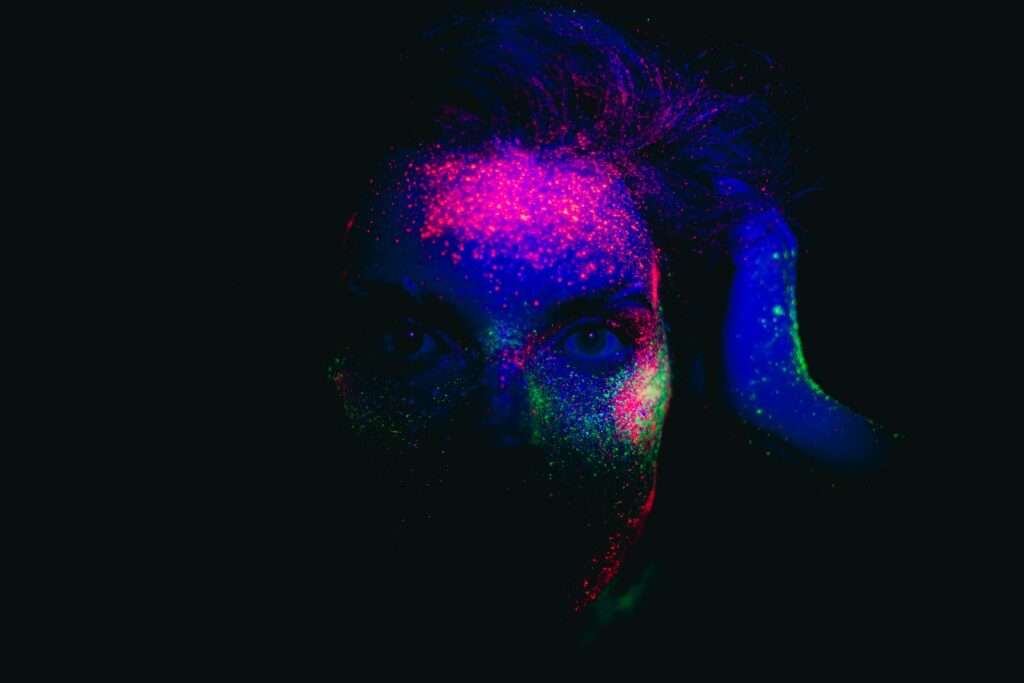
Choosing the Best Time for Black Light Photography
Timing is crucial when it comes to black light photography. The best time to capture stunning glow-in-the-dark images is during the night when natural light is minimal, allowing the black light to create a mesmerizing effect. Ideally, you’ll want to wait until dusk or later, as this is when the ambient light starts to fade, providing a darker backdrop for your subjects to glow against.
Moreover, consider planning your black light photography sessions during the summer months, when the nights are longer. This will give you more time to experiment and capture various subjects under the captivating glow. Remember to bring extra batteries for your black light as well, as longer exposures may drain the power more quickly.
Finding the Perfect Vantage Points for Black Light Photography
Choosing the right vantage point is essential to create captivating black light photographs. While the possibilities are endless, here are two popular options:
Option 1: Urban Landscapes
Exploring urban areas at night can lead to stunning black light photography opportunities. Neon signs, graffiti, and city lights offer a unique backdrop that interacts beautifully with the black light, producing vibrant and surreal images. Look for alleyways, abandoned buildings, or busy streets to find the perfect blend of artificial and black light sources.
Example shot: A neon-lit street corner at night, with a black light revealing hidden messages and intricate details in the graffiti-covered walls.
Option 2: Natural Landscapes
Don’t limit yourself to just urban environments; nature can be equally enchanting under black light. Seek out locations with natural elements that have the potential to glow, such as glowing plants, minerals, or insects. Forests, fields, and beaches can offer incredible backdrops that add an extra dimension to your black light photographs.
Example shot: A serene forest at night, with fluorescent mushrooms lighting up the undergrowth, creating an otherworldly atmosphere.
Remember, it’s important to experiment and explore different locations to find the best vantage points for black light photography. Each setting presents a unique opportunity to capture magical moments.
One helpful tip for black light photography is to use a camera with manual settings. This allows you to have full control over exposure and focus, allowing you to capture the vibrant glow and intricate details. Experiment with different shutter speeds, apertures, and ISO settings to achieve the desired effect.
Frequently Asked Questions
What is black light photography?
Black light photography is a technique where images are captured under ultraviolet (UV) light. The UV light causes certain objects and materials to glow, creating a unique and surreal effect in photographs.
How does black light photography work?
Black light photography works by using a camera and a UV light source, commonly referred to as a black light. When the UV light illuminates certain objects or materials, they absorb the UV light and re-emit it at a longer wavelength, which is typically visible as a glowing effect in photographs.
What equipment do I need for black light photography?
To get started with black light photography, you will need a camera capable of shooting in low-light conditions, a tripod to stabilize your camera, a black light or UV light source, and any subjects or props that you want to capture under the black light.
Are there specific camera settings for black light photography?
Yes, the camera settings for black light photography may vary depending on the specific conditions and desired effects. Generally, you will want to use a low ISO setting to minimize noise, a wide aperture to let in more light, and a slower shutter speed to capture the glowing effect. Experimentation is key to capturing the desired results.
What are some creative ideas for black light photography?
Black light photography offers endless creative possibilities. You can experiment with fluorescent paints, neon objects, glow sticks, or even create UV body paint art. The key is to think outside the box and let your imagination run wild.
Is black light photography suitable for beginners?
Absolutely! Black light photography can be enjoyed by photographers of all skill levels. While it may require some experimentation and practice, it offers a fun and exciting way to capture captivating images. Don’t be afraid to dive in and explore this unique form of photography.
Where can I find black light photography inspiration?
For black light photography inspiration, you can browse through online galleries, join photography communities or forums, follow photographers specializing in black light photography on social media platforms, and even attend exhibitions or workshops dedicated to this specific genre.
Are there any safety precautions I need to take when working with black lights?
Yes, it’s important to take certain safety precautions when working with black lights. Avoid direct exposure of your eyes or skin to the UV light, as it can be harmful. Additionally, ensure proper ventilation if using UV-reactive paints or chemicals. Always read and follow the safety instructions provided by the manufacturer of your black light equipment.
Wrap Up
Black light photography is a mesmerizing technique that opens up a world of vibrant and surreal possibilities. By harnessing the power of UV light, you can create stunning images that glow and captivate the viewer’s imagination.
Throughout this guide, we’ve explored the essential techniques and tips to help you get started with black light photography. From choosing the right equipment to mastering exposure settings, you now have a solid foundation to embark on your creative journey.
So, grab your camera, find a black light source, and let your imagination run wild. Experiment with different subjects, compositions, and effects to create visually striking and unique images.
We hope this guide has inspired you to delve into the fascinating world of black light photography. If you have any questions, tips, or experiences to share, we encourage you to leave a comment below. Let’s engage in a vibrant discussion and continue to explore this captivating art form together!
